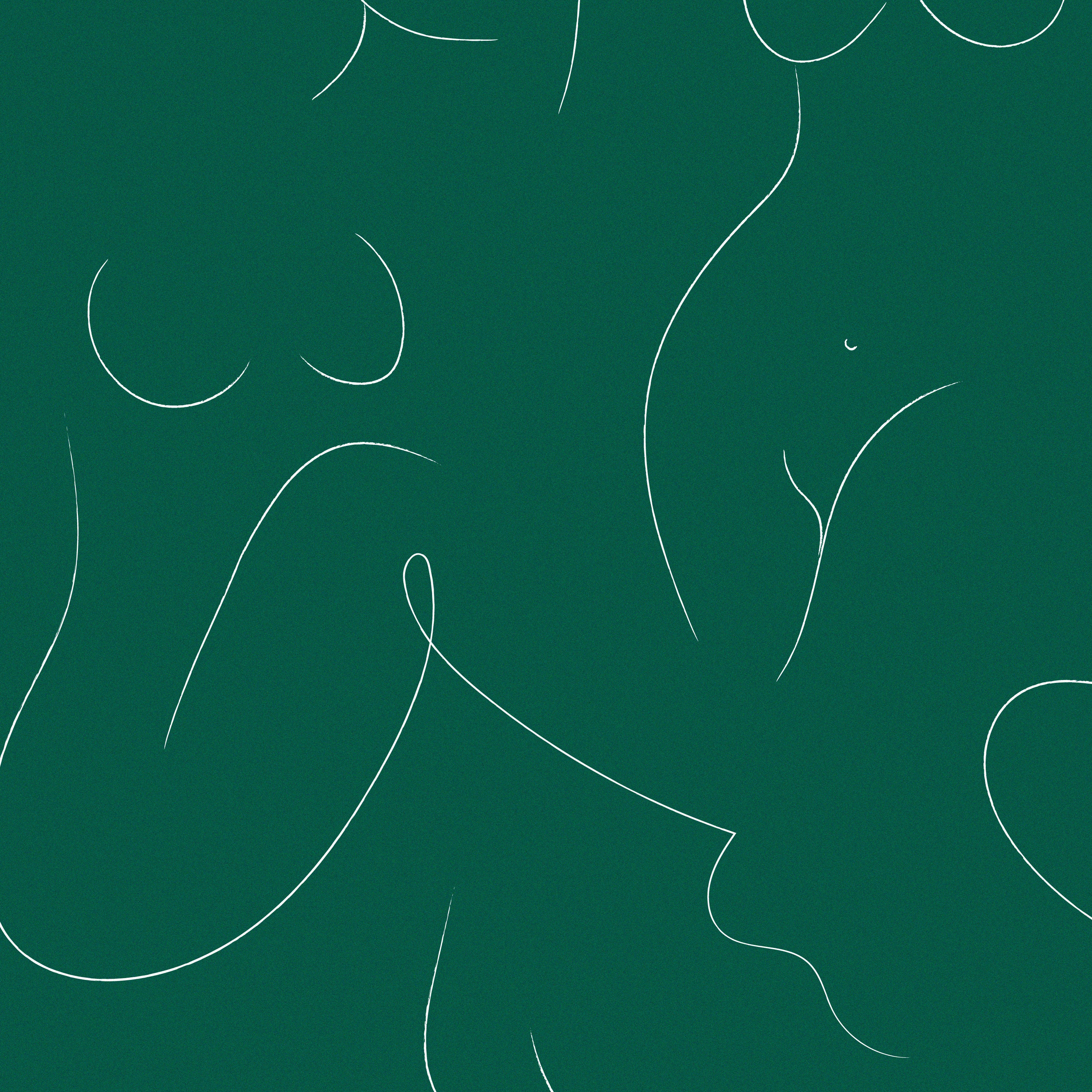Discussions around genitalia often come with tons of confusing terminology. For instance, we often refer to the whole female genital region as the vagina - which isn’t actually correct.
Confusing, right? Well, no longer. We’re going to break down the terminology, and hopefully clear up all things vagina anatomy.

What is a vagina?
The vagina, although commonly used to refer to the whole genital region, is actually the passage between the vulva and the cervix.
This is the connection to your uterus from the external genital area - it’s where babies exit from during birth, it’s where your menstrual blood exits and where you insert tampons. The vagina is also used for insertion during sexual intercourse.
Basically, it’s where most of the action happens - hence why we often refer to the whole region as ‘the vagina’.
What is a vulva?
Since we’re correcting terminology, vulva is the correct term for the external parts of the female genitalia. This includes the vagina and also the labia minora, labia majora, urethra and clitoris.
If you’re referring to the full genetelia region, it’s best to refer to the vulva instead of the vagina.

Vagina anatomy
Looping back to the actual vagina… It can often seem confusing how a passage that allows a whole baby through, also can hold a tampon in place for hours at a time. How does the tampon stay in place? Or, perhaps, how does a baby make its way out?
The answer: the anatomy of our vagina is very clever.
Vaginal walls
When relaxed (not aroused), the walls of the vagina move together by the pressure produced by surrounding organs and tissue in the pelvis. From the sides (or walls), the vagina creates support in the form of pressure, which allows your tampon to stay tightly in place.
But the vagina and its walls (called rugae) can also be stretched, and expand when pressure is applied from the inside - like when a baby's head is passing through. The vaginal walls are made of mucosal tissue, with layers of smooth muscle tissue and elastin fibres underneath. This is what gives the vagina the structure to stretch when necessary.
Vaginal fluids
During times of arousal, fluids are released through the walls of the vagina to increase lubrication. Even without arousal, it’s normal to have a small amount of fluid in the vagina to keep the area moist and comfortable.
The vagina is also able to absorb fluids through its walls - like, for example, hormonal or medical creams.

When and how does the vagina change?
The vagina can undergo both short and long-term changes.
During sexual activity, an increased blood flow is directed towards the vagina, causing additional lubrication. The vagina will also expand by lengthening and widening in shape. After sexual activity, the vagina will go back to its usual state before arousal.
The vagina also goes through longer term changes that happen throughout the course of your lifetime. From the early stages of menarche (the first period) to menopause, hormones can cause changes to your vagina over time.
How does the vagina change during the menstrual cycle?
The vagina changes in response to hormonal changes during the menstrual cycle. The biggest change is around mid-cycle, when oestrogen levels are at their highest, and vaginal tissue will become thicker and fuller.
Cervical changes also take place during the menstrual cycle; facilitated by the vagina. During the fertile window of the cycle, the hole in the cervix opens to allow sperm to enter the uterus through the vagina.
The bottom line
The vagina is an amazing part of the female genitalia, which adapts itself rapidly or over time in response to hormonal, physical and life changes.
Make sure you do everything you can to give back and protect your vagina by using DAME’s organic period products.





